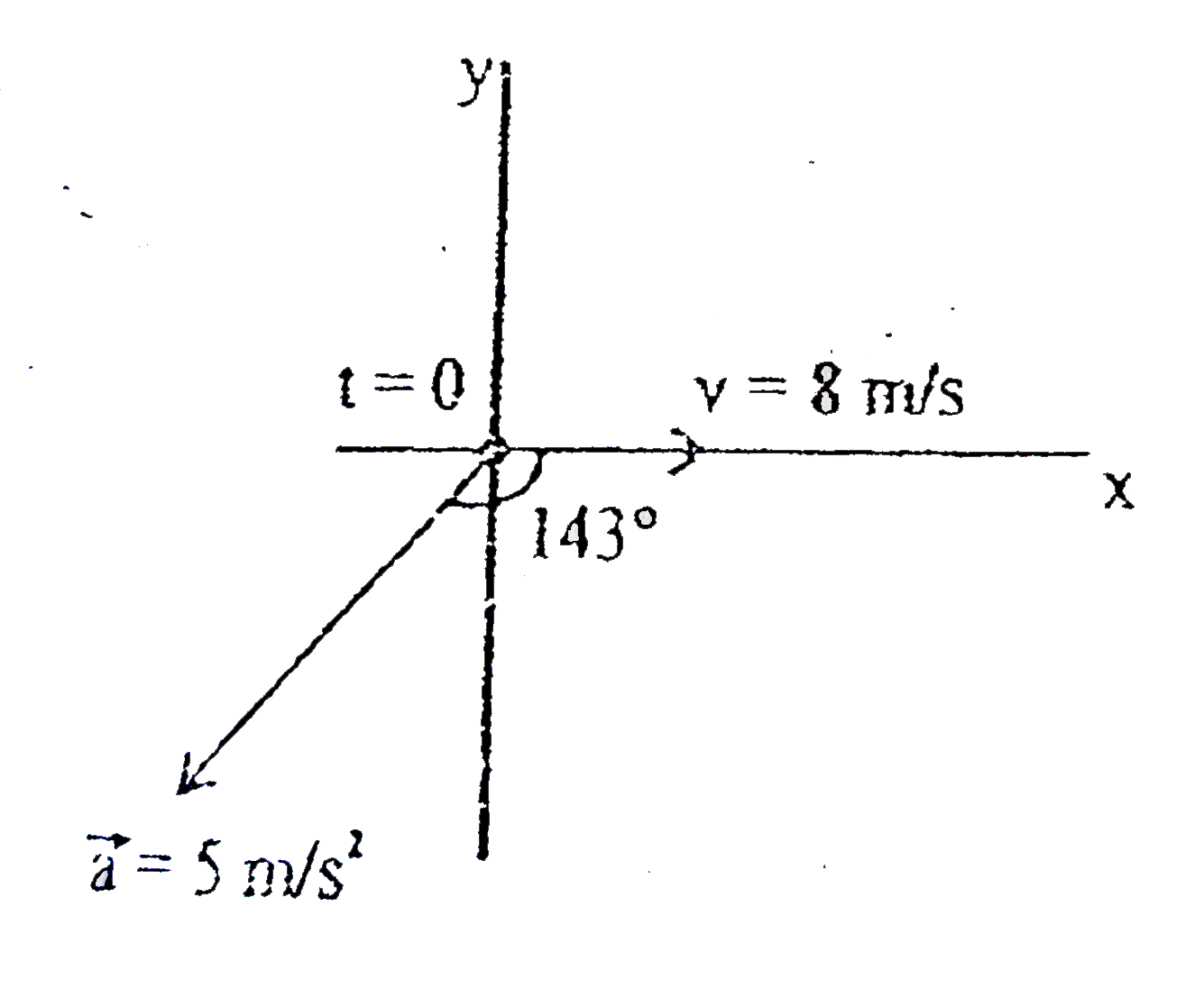If object starts moving with acceleration βt, then what will be the velocity after 't' time ? Solution in Gujrati
a=βt
∴dvdt=βt
∴dv=βtdt
∴∫dv=β∫tdt
∴v=βt22
Topper's Solved these Questions
- BOOK - KUMAR PRAKASHANCHAPTER - MOTION IN A STRAIGHT LINE EXERCISE - SECTION-D26videos
MOTION IN A STRAIGHT LINE
- BOOK - KUMAR PRAKASHANCHAPTER - MOTION IN A STRAIGHT LINE EXERCISE - SECTION-E71videos
MOTION IN A STRAIGHT LINE
- BOOK - KUMAR PRAKASHANCHAPTER - MOTION IN A STRAIGHT LINE EXERCISE - SECTION-B58videos
MOTION IN A STRAIGHT LINE
- BOOK - KUMAR PRAKASHANCHAPTER - MECHANICAL PROPERTIES OF FLUIDS EXERCISE - QUESTION PAPER (SECTION -C)3videos
MECHANICAL PROPERTIES OF FLUIDS
- BOOK - KUMAR PRAKASHANCHAPTER - OBJECTIVE QUESTIONS AS PER NEW PAPER STYLE EXERCISE - CHAPTER - 8 (Match Type questions)5videos
OBJECTIVE QUESTIONS AS PER NEW PAPER STYLE
Similar Questions
Among the four graph shown in the figure there is only one graph for which average velocity over the time interval (O,T) can vanish for a suitably chosen T. Which one is it ?
02:36View SolutionVelocity of a particle is given byv=(3t2+2t)ms. Find its average velocity between t = 0 to t=3s and also find its acceleration at t = 3s. Motion of the particle is in one dimension.
02:28View SolutionA car is moving along a straight line, say OP in It move from O to P in 18 s and returns from P to Q in 6s, where OP=360 m and OQ=240 m. What are the average velocity and average speed of the car in going (a) from O to P ? And (b) from O to P and back to Q ?
02:36View SolutionGlycerine flows steadily through a horizontal tube of length 1.5m and radius 1.0 cm . If the amount of glycerine collected per second at one is 4.0×10−3kgs−1 , what is the pressure difference between the two ends of the tube ? (Density of glycerine =1.3×10103kgm−3 and viscosity of glycerine =0.83 Pa s). [ you may also like to check if the assumption of laminar flow in the tube is correct]
02:18View SolutionType of satellites are given in Column-I and their uses are given in Column-II. Match them properly :
Column-IColumn-II(1) Polar satellite(a) Tele communication(2) Geo-stationary satellite(b) Investigation(c) For information about atmosphere02:05View SolutionA particle is moving under constant acceleration a=kt. The motion starts from rest. The velocity and displacement as a function of time t is
03:14View SolutionA body A moves with a uniform acceleration a and zero initial velocity. Another body B, starts from the same point moves in the same direction with a constant velocity v. The two bodies meet after a time t. The value of t is
02:52View SolutionAn object is moving in x−y plane its velocity and acceleration at t=0 are represented in figure.

After how much time object crosses the y−axis:-03:36View Solutionu=12at2
The velocity,v,of an object t seconds after beginning to accelerate from rest at a constant acceleration,a, can be found using the equation above. According to the formula, what is the ratio of velocity of the object t seconds after begins to accelerate to the velocity of the object 2.5t seconds after the object begins to accelerate?02:51View Solutionएक वस्तु αt त्वरण से त्वरित होती है। यदि वह विराम से चलना प्रारम्भ करती हो, तो t समय पश्चात उसका वेग क्या होगा?
01:09View Solutionकोई पिंड प्रारम्भिक वेग v से गतिमान है। उसका त्वरण a समय t के अनुक्रमानुपाती है । समय t पश्चात पिंड का वेग क्या होगा ?
01:09View SolutionThe acceleration of an obeject starting from rest is related to time as a = Kt+c. What will be its velocity after time t ?
01:42View SolutionA body A moves with a uniform acceleration a and zero initial velocity. Another body B starts from the same point, moves in the same direction with a constant velocity v. The two bodies meet after a time t. The value of t is
02:38View SolutionThe acceleration a of a particle starting from rest varies with time, according to relation a=alpha t+beta . The velocity of the particle after a time t will be
02:15View SolutionA graph of velocity versus time (v - t) for an object performing motion with uniform acceleration is shown What would be the velocity of the object at time t= 0?
01:27View Solution

